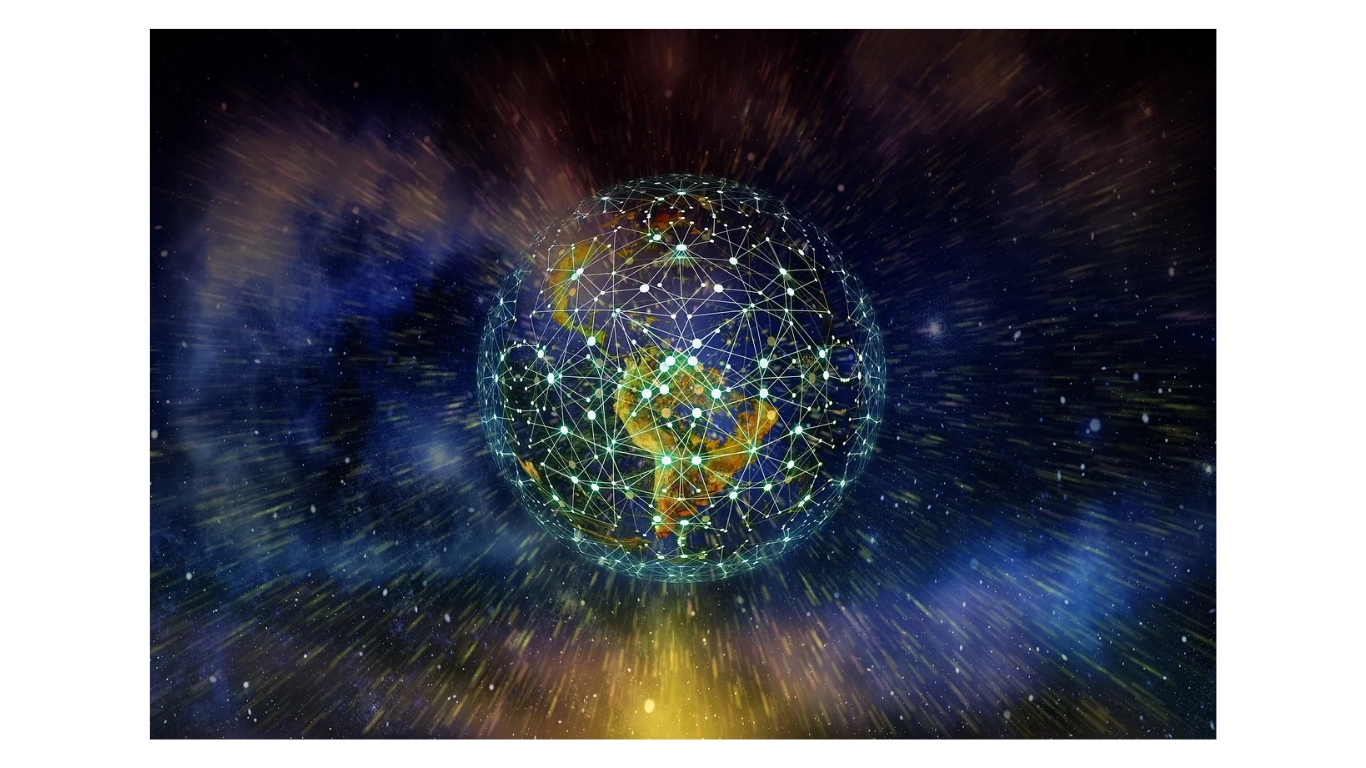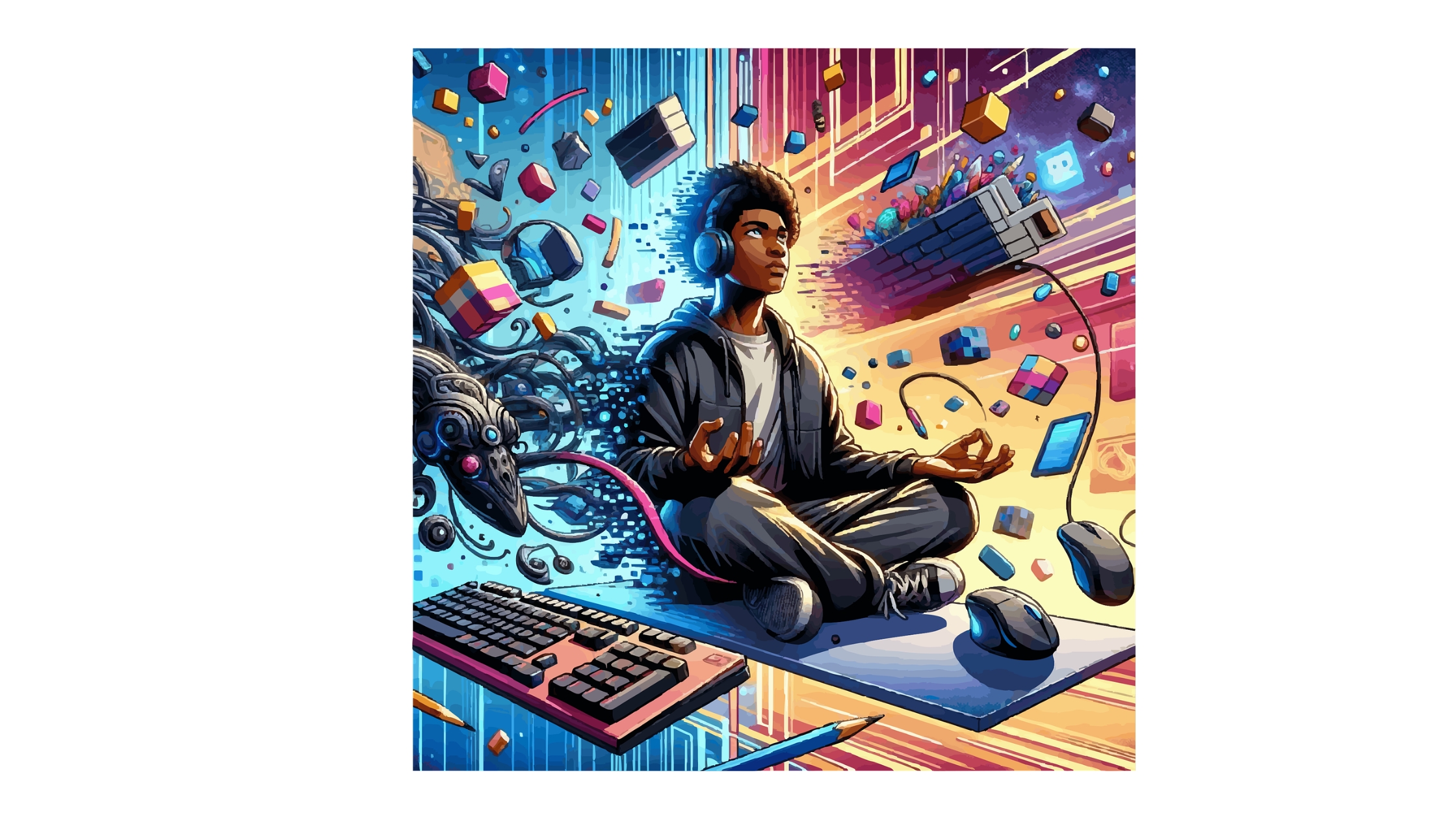In recent years, the world of content creation has undergone a massive transformation, thanks to Generative AI. From writing articles and creating images to generating music and videos, Generative AI is reshaping how content is produced and consumed. This technology is not only saving time for creators but also opening up new possibilities that were once thought to be impossible.
What is Generative AI?
Generative AI is a type of artificial intelligence that can create new content. Unlike traditional AI, which relies on pre-programmed rules, Generative AI uses deep learning and large datasets to produce content that mimics human creativity. One of the most popular examples of Generative AI is OpenAI’s ChatGPT, which can write articles, answer questions, and even hold conversations just like a human. Another example is DALL-E, an AI model that can create realistic images from text descriptions.
How Does Generative AI Work?
Generative AI works by training on massive amounts of data. For instance, to create a model that writes like a human, the AI is trained on thousands of books, articles, and other texts. It learns the patterns and styles of human writing and uses this knowledge to generate new content. Similarly, for image creation, AI models like DALL-E are trained on millions of images and their descriptions. The result? The AI can generate images that are almost indistinguishable from those created by human artists.
The Impact of Generative AI on Content Creation
The impact of Generative AI on content creation is revolutionary. Here are some key areas where Generative AI is making a difference:
- Automated Writing and Content Generation
- Generative AI tools like ChatGPT are helping writers, bloggers, and marketers create content more quickly and efficiently. From blog posts to social media content, AI can generate text that is coherent, engaging, and relevant to the topic. This not only saves time but also helps in maintaining consistency across different types of content.
- Personalized Content for Marketing
- In digital marketing, personalized content is key to engaging customers. With Generative AI, marketers can create tailored content for different audience segments. AI can analyze user data and preferences to generate highly personalized emails, advertisements, and even product descriptions, improving customer engagement and conversion rates.
- Creative Arts and Design
- Generative AI is also transforming creative fields like graphic design, music, and video production. Tools like DALL-E and DeepArt can generate unique artworks, while AI-powered music generators like AIVA can compose music tracks. These tools are not replacing human creativity but rather providing new ways for artists to explore their ideas.
- Streamlining Content Creation for Businesses
- Businesses can use AI content generators to automate repetitive tasks such as writing product descriptions, creating reports, and generating summaries. This allows human employees to focus on more strategic and creative tasks, improving overall productivity.
Benefits of Generative AI in Content Creation
Generative AI offers several benefits to content creators:
- Speed and Efficiency: AI can generate content in a fraction of the time it would take a human.
- Cost-Effective: For businesses, using AI tools can reduce the need for large content teams, saving costs.
- Consistency and Quality: AI-generated content is consistent in style and quality, ensuring brand messaging remains uniform.
- Endless Creativity: With AI, creators can experiment with new styles and formats that were previously too time-consuming or expensive to explore.
Challenges and Ethical Considerations
While Generative AI brings numerous benefits, it also poses some challenges:
- Quality Control: AI-generated content may sometimes lack the nuance and depth of human-created content. This requires a human touch to edit and refine the output.
- Copyright Issues: Since AI is trained on existing data, there are concerns about copyright infringement and the originality of the content.
- Misinformation: AI can be used to create fake news or misleading content, raising ethical concerns.
To mitigate these challenges, it’s important for companies to use Generative AI responsibly and ensure that human oversight is always part of the content creation process.
The Future of Generative AI in Content Creation
The future of Generative AI in content creation looks promising. As technology continues to advance, we can expect more sophisticated tools that can generate even more creative and high-quality content. The integration of AI with other emerging technologies, such as augmented reality (AR) and virtual reality (VR), will further transform how we create and consume content.
For businesses and content creators, embracing Generative AI can provide a competitive edge in the digital landscape. However, balancing AI innovation with ethical practices will be key to ensuring that this technology benefits everyone.
Conclusion
Generative AI is transforming content creation by making it faster, more efficient, and more innovative. From writing and design to music and marketing, the possibilities are endless. As we move forward, understanding how to leverage Generative AI responsibly will be crucial for creators and businesses looking to stay ahead in the digital world.
By staying informed and embracing these new tools, you can unlock the full potential of AI-powered content creation and drive your creative efforts to new heights.




